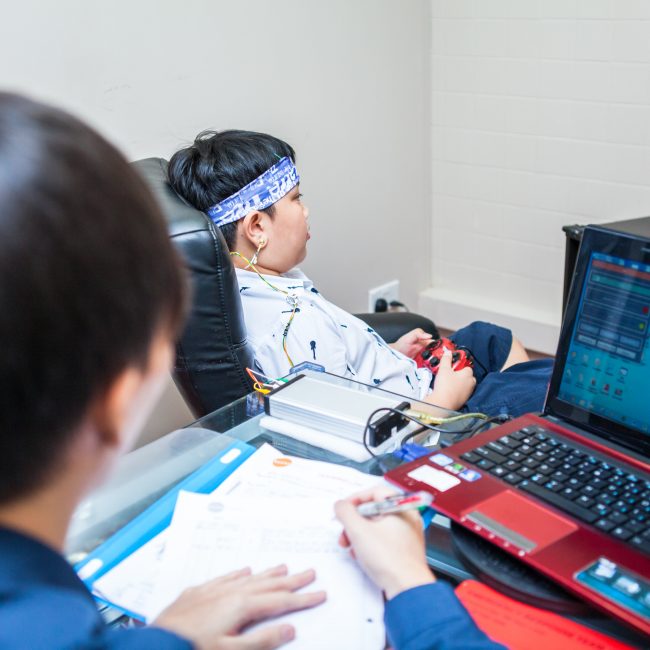Dyscalculia
Understanding Dyscalculia | Our Intervention
DYSCALCULIA

Dyscalculia (also called math disability or numlexia) is a specific learning disability that negatively affects a person’s ability in learning or comprehending arithmetic. It is akin to dyslexia and includes difficulty in understanding numbers, learning how to manipulate numbers, learning maths facts, among others. Math disabilities can also occur as the result of some types of brain injury, in which case the proper term is acalculia, to distinguish it from dyscalculia which is of innate, genetic or developmental origin.
Although math learning difficulties do occur in children with low IQ, dyscalculia affects people from across the whole IQ range, and sufferers often also have difficulties with time, measurement, and spatial reasoning.
Dyscalculia Symptoms
The earliest symptom of dyscalculia to appear is the inability to know, from a brief glance and without counting, how many objects there are in a small group. This is an innate ability, present in human infants from birth.
Children with dyscalculia typically find it difficult to compute the number of objects at a glance, or take significantly longer to identify the correct number as compared to their age-matched peers.
Other symptoms include:
- Inability to grasp and remember mathematical concepts, rules, formulae, and sequences
- Difficulty reading analogue clocks
- Difficulty with conceptualizing time and judging the passing of time
- Difficulty in estimation of distance or lengths
- Difficulty differentiating between left and right
- Poor name or face retrieval
- Low latent inhibition, i.e., over-sensitivity to noise, smell, light and the inability to tune out, filtering unwanted information or impressions
- Inability to state which of two numbers is larger (extreme cases)
FINDING THE CAUSES
Brain factors
At Spectrum Learning, we routinely do a Brain Mapping in order to examine the neuronal activities while the client is performing mental calculations and mathematic problems. Our state-of-the-art brain imaging technique allows us to identify the specific areas of the brain that are giving rise to our client’s learning difficulties.
Studies have shown that Dyscalculia is associated with lesions to the supramarginal and angular gyri at the junction between the temporal and parietal lobes of the cerebral cortex. Spectrum Learning’s analysis has found similar results based on our brain mapping techniques.
Going Further with Neurofeedback
As we can identify the specific neurological profile of dyscalculia for each child, the best intervention is to train these brain regions directly using neurofeedback.
With neurofeedback, we can specifically target training at sites where brain inactivity or anomalies are identified. Training these inactive brain areas can also increase effectiveness of tuition or remedials.
Biological factors
Deficits in mental processes in children are largely related to unusual brain development that can be caused by trauma or exposure to toxins. Children in particular are susceptible to toxins as their brains develop. With hair analysis (HTMA), we are able to identify any exposure to toxic metals, excess or deficit in nutrition elements. Balancing elements and reducing toxins can also make a significant difference in learning and development. Contact us for hair analysis for a comprehensive report on the nutritional balances and/or toxic exposure in you/ your child.

